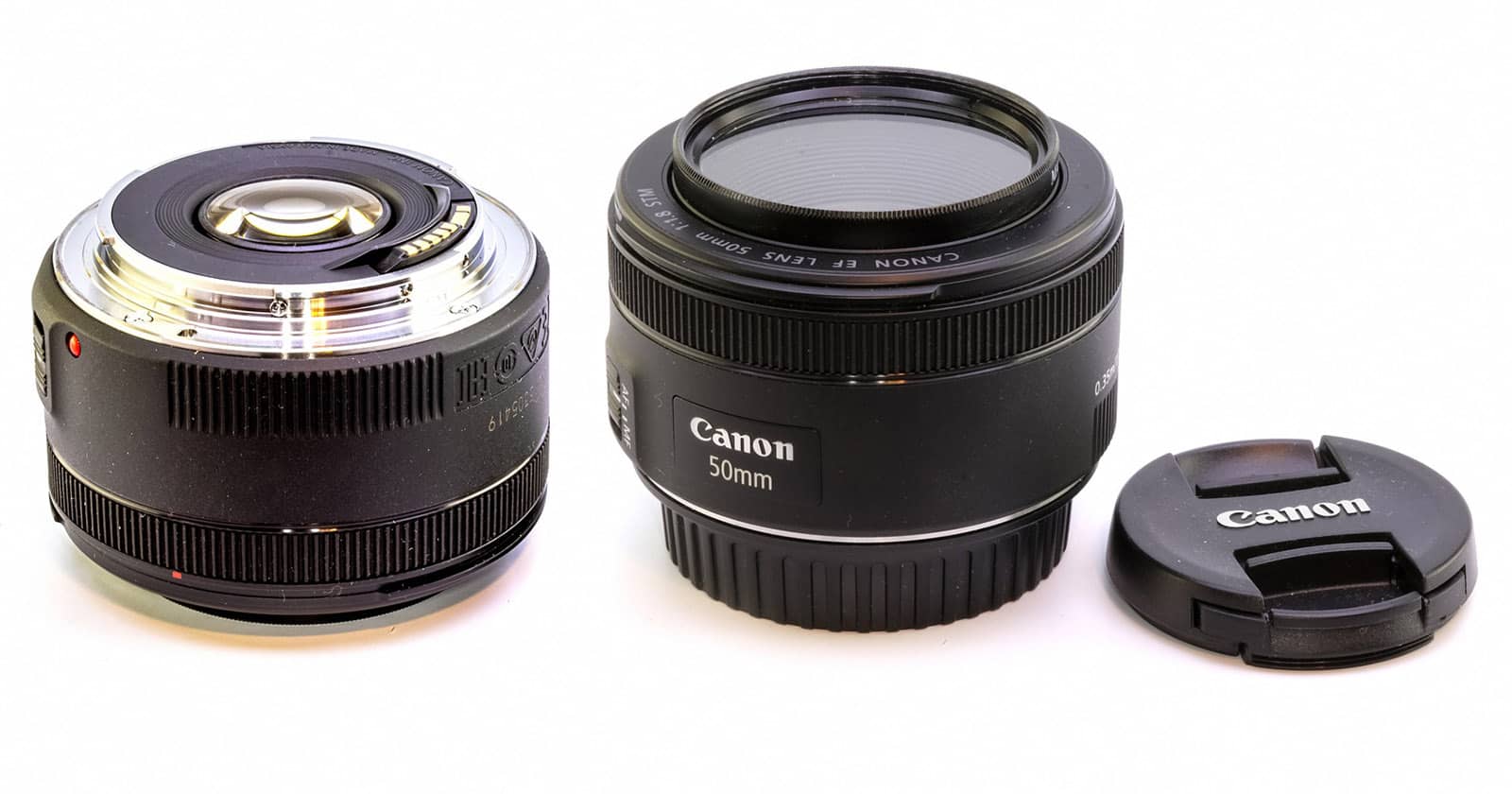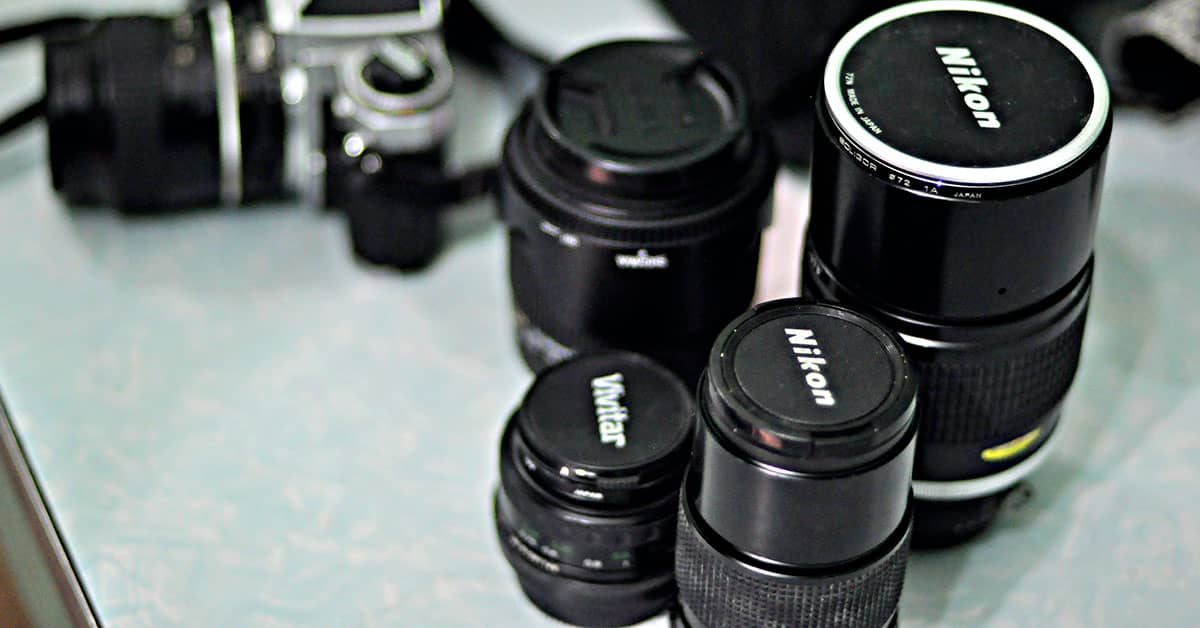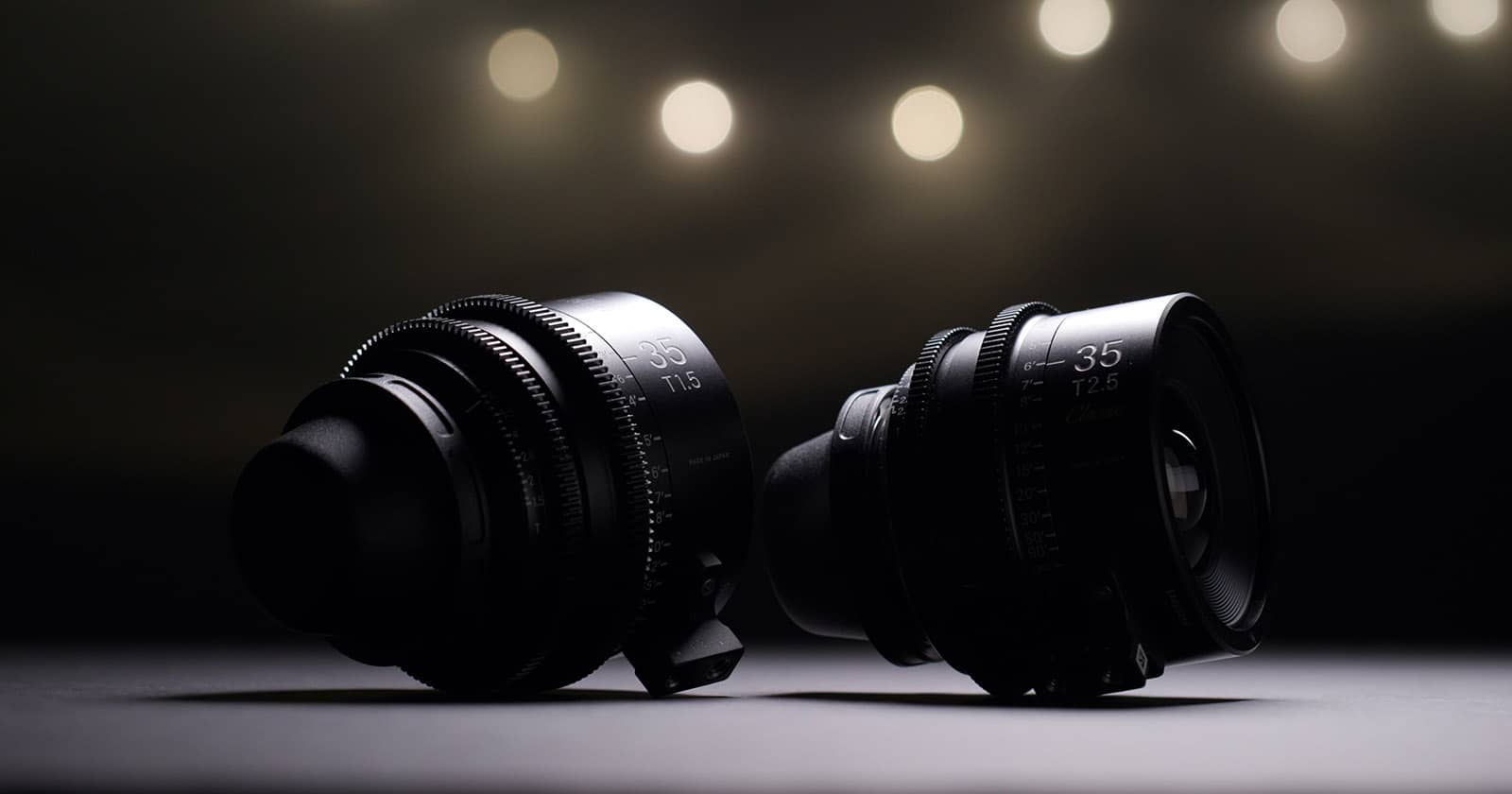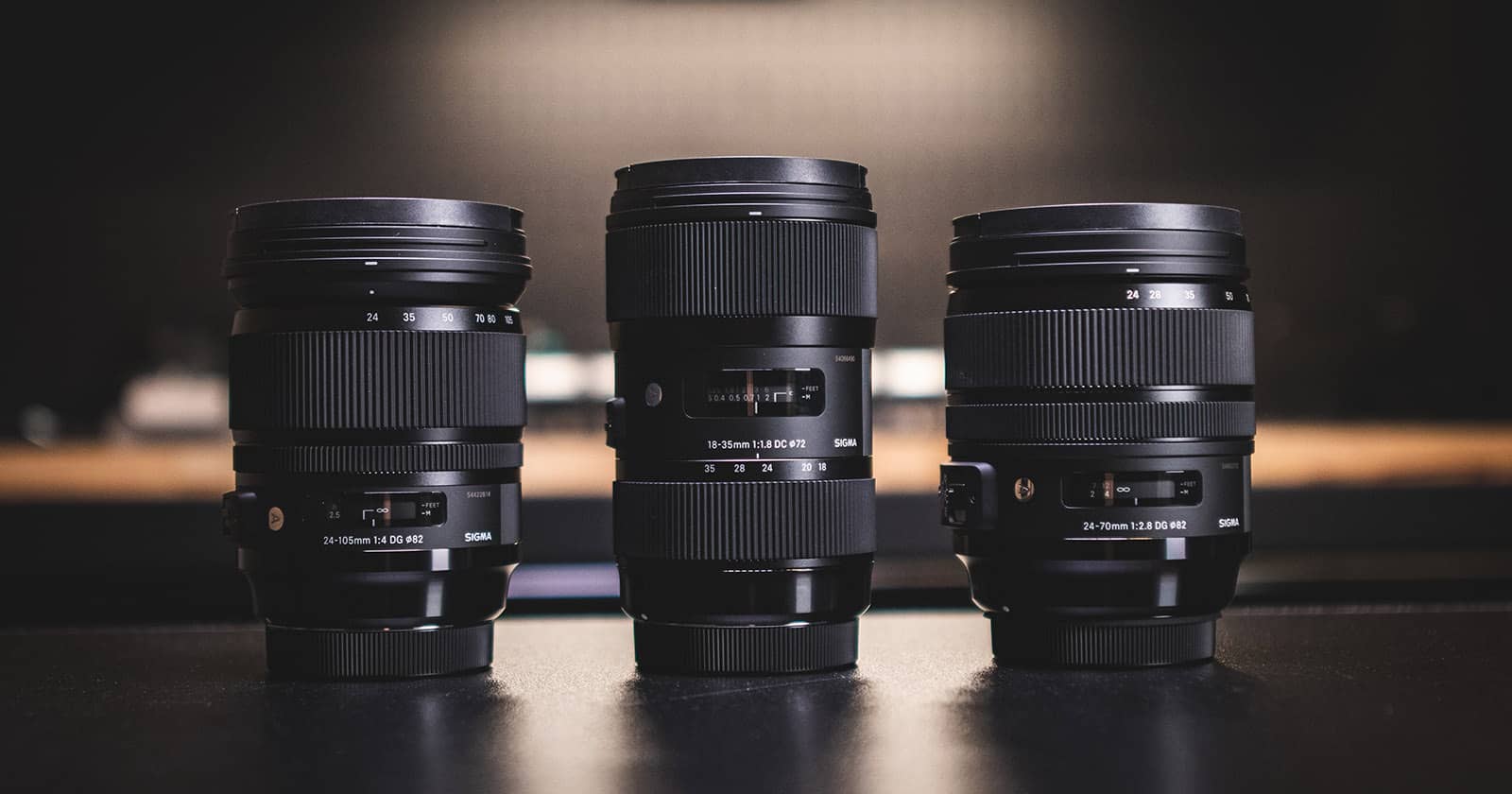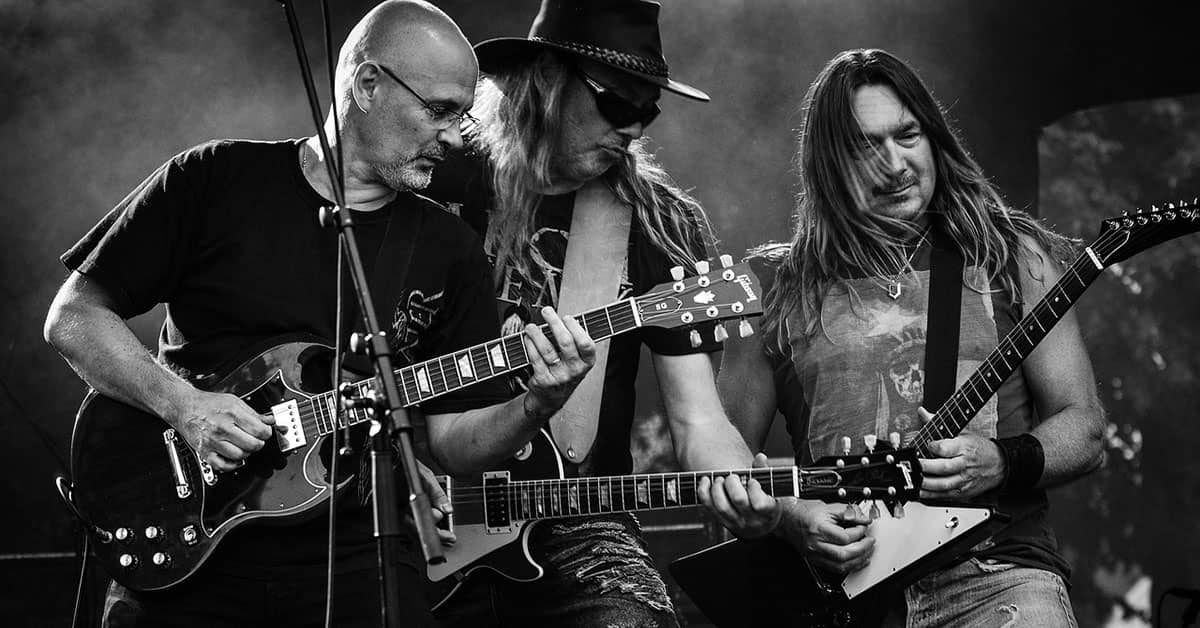This discussion is about three trendy prime lenses, pitting one against another to determine which is the best for shooting street photography.
The 35mm and the 50mm are widely considered standard prime lenses because they offer an angle of view closest to the human eye.
The 85mm prime, on the other hand, isn’t a standard prime. But it has other benefits. It’s arguably considered the best focal length for shooting portraits.
So, when I put these three lenses side by side to compare, I am sure to raise a few eyebrows.
Many of you could question – should they be in the same bracket in the first place? Considering that the 35mm with its wider field of view does not match the longer focal length of the 85mm and its suitability as a portrait lens?
Is it fair to compare the three together for street photography?
I love all three of them, having shot with the 50mm prime for nearly half a decade and having shot the 35mm and the 85mm prime on and off a lot. Plus, I believe all three have a place in street photography.
So without further ado, let’s begin this discussion and pit these three excellent lenses against each other.
Environmental portraits with the 35mm prime
The 35mm is my second most favorite prime lens ever. The 35mm is a wide-angle lens in the pure sense of the term, albeit just.
With a wide-angle lens, you cannot play with the standard tricks you can do with a normal telephoto lens – get a tight composition while standing further back, or fill the frame with the subject.
With the 35mm, if you attempt to fill the edge, you will make the subject’s face appear weird due to distortion.
The 35mm is best suited for capturing environmental portraits. You can leave space around the subject, naturally, to give context to the subject you are photographing.
Then again, there are other ways to make the 35mm useful. You can capture a full-body shot with this lens, something that the wide angle of view lets you do naturally.
But there is a catch.
And that’s you’ve to be mindful of the angle at which you hold the lens. Holding the lens at an improper angle will distort the upper or lower body of the subject and make the subject look weird. You’ve to hold it higher up and have it tilted a bit or hold it lower down and parallel to the floor to get the body proportions right.
All in all, the 35mm is an excellent lens for street photography simply because it captures a wider angle of view compared to the 50mm and more than the angle of view possible with the 85mm.
But is the lens workable in tight spaces? In my experience, I have found that the 35mm does not always work in tight spaces.
In tight spaces, you wish you had a wider lens to work with, something like a 24mm lens. But the 35mm comes into its own when there is more space to work with.
In tighter areas like a marketplace with tight alleys and corners, the 35mm is successful half the time. The other half of the time, I wish I had a 16-35mm with a bit more legroom.
The 35mm does an excellent job in spaces with little room to work. It captures the scenes with all their detail. I was able to see everything around the subject.
When I needed a tighter crop, I could take a couple of steps forward to ensure that the uninteresting bits were cropped. I could step back when I needed to include more of the scene.
However, I must say that when it comes to street photography, it was not always easy to make those maneuvers in time.
You’ve to be very familiar with the focal length so that you can keep a proper distance from your subjects.
Many times the moment happens too fast, and unless you’re in the right place at the right time, you’re likely to miss the shot.
A wide zoom lens would be a better choice for most people. But if you practice more often, you will more likely to capture “The decisive Moment”.
I should add a bit about portrait photography, especially candid photography, when talking about the 35mm. As you can imagine, this lens isn’t for people who want to stay back and shoot from a distance.
If you’re a photographer who loves doing that, you need to pick the 85mm.
With the 35mm, you must be closer to your subject/action if you want to take a picture. But not so close to attracting distortion. The 35mm is a lens where the subject can see you and know that you’re taking a picture of them. So, this lens isn’t for you if you’re a shy street photographer.
An important attribute of this lens is the wide aperture. Some lenses have an aperture of f/2 and higher. That means if the subject is further away from the background, you can use the wide aperture to create background blur.
Though ideally, wide-angle lenses such as these tend to push things behind, making everything appear in focus. By the way, if background blur is what you’re after, you would be better off using the 85mm prime discussed later in this discussion.
Major positives
- Wide angle lens
- Helps create environmental portraits
- It helps photographers to get up close and personal with the subject.
The nifty fifty (50mm prime)
This is by far the most popular of all primes. It’s one of the more popular choices once photographers have gotten tired of their kit lenses and are looking for a new lens to experiment with.
Indeed, this is one of the popular choices among street photographers considering that the father of street photography, Henri Cartier-Bresson, shot with a 35mm Leica paired with a 50mm prime for a significant part of his career.
Cartier-Bresson admitted in an interview with the New York Times that he preferred the 50mm over the 35mm, which had a lot of distortion.
The 50mm has a tighter composition than the 35mm; therefore, this isn’t the preferred lens for shooting environmental portraits. But the 50mm has a better background blur than the 35, and if you’re looking for pleasing bokeh, then the 50mm is the one you should go for.
Regarding street photography, the 50mm is a very versatile lens like the 35mm. The 35mm still has some distortions, but nothing is present in the 50mm.
For many photographers, distortion is no longer a problem because it can be corrected in the camera or during editing. So even with the 35mm, photographers are no longer afraid to experiment with it.
The 50mm comes in various versions, just like the 35mm. There is the f/1.8 version which is the cheapest 50mm prime that you could lay your hands on.
Then there is the intermediate version, the f/1.4, and finally, the f/1.2 version. The f/1.2 version has the most shallow depth of field.
It’s so thin that it’s very easy to miss focus if your hand moves or the subject moves precisely when the shutter snaps.
I prefer the f/1.4 version, which is more practical. Also, the f/1.2 is a lot pricier than the f/1.4. If you’re looking for the cheapest option to get to 50mm, then, the f/1.8 is the one you should get.
The nifty fifty is a lens designed for the 35mm full-frame camera. But you could also mount this lens onto a crop body.
On a crop body like the EOS 80D, the effective focal length becomes 80mm (35mm format equivalent), meaning this lens becomes useful as a portrait lens.
Major positives
- Standard prime lens
- Beautiful background blur
- Tighter composition compared to the 35mm
- Ideal for street photography
Portrait photography with the 85mm prime
The 85mm is an out-and-out portrait lens. It can also serve as a street photographer’s lens only when the photographer is too concerned with getting close to their subjects and prefers some distance between themselves and the subject they’re photographing.
I feel that a long lens isn’t a street photographer’s tool but more of a paparazzi—someone who likes to stay back and shoot from an obscure position.
If you’re a beginner street photographer, you will find the 85mm more to your liking because you can shoot from a distance and capture a candid shot. The subject will not know that you’ve aimed at them or have taken their picture.
In that sense, the 85mm is the best way to go if you wish to shoot candid moments in the streets. The 35mm and the 50mm both warrant that you get close to the subject. By doing that, you risk losing the candidness of the moment.
The 85mm does what a portrait lens does. It brings out the subject’s facial features beautifully, and as a bonus, you get a beautiful background blur that would not have been possible with the 35mm or even the 50mm.
The 85 is often too tight to create anything besides headshots and candid portraits. This isn’t the kind of lens you would get success shooting environmental portraits unless you’re much further away and shoot landscape with the subject occupying a small part of the frame. In such a situation, you can capture environmental portraits as well.
The 85mm also comes in several varieties. You have the 85mm f/1.2, the f/1.4, and the f/1.8. The cheapest version is the f/1.8, which is a great way to get into the 85mm focal length.
The 85mm is an excellent lens for full-body portraits as well as portraits and headshots. The working distance sends you back by several feet compared to that of the 50mm prime, and that’s why the facial proportions of the subject appear perfect.
Also, because the 85mm is a telephoto lens, it helps create soft, out-of-focus effects that most portrait photographers prefer. With the f/1.2 version of the lens, the bokeh quality is superb.
With the f/1.4 and f/1.8 versions, the lens still displays excellent bokeh, except that, in this case, the creaminess of the background isn’t as much. It’s because of the lesser number of aperture blades.
One disadvantage of the 85mm prime is that it does not work in tight spaces. If the 50mm were difficult to work in situations where the subject did not have a ton of space, the 85mm would indeed find itself difficult to work with.
You’ve to be at least ten feet away from your subject to be able to make a composition. Therefore, cramped rooms, tight alleys, and corners are out of the 85mm preferred area of operation.
Major positives
- A telephoto lens with a longer focal length.
- Best for portraits and headshots.
- Candid photography is a major application.
- Ideal for photographers who prefer to shoot from a distance
Which is the best focal length for shooting street photos?
This isn’t easy to answer in one word. If you’re looking for environmental portraits, the 35mm is the best. If you wish to shoot from a distance, 85mm is the better choice. The 50mm falls in the middle and offers something for both types of photographers.
Is the 50mm too tight for street photography?
No. It’s arguably the best focal length for shooting portraits. It has something for both the candid shooter and the one who has issues getting up close and personal with his subjects. Plus, the 50mm is excellent for subject separation from the background.
Should I use a 50mm or a 35mm for street photography?
It’s very difficult to put a finger on any one of these lenses and say this one is better than the other. The 50mm is arguably the better choice for someone starting in street photography. The 35mm is suitable for a photographer with more confidence and experience because it requires the photographer to get closer to the subject.


